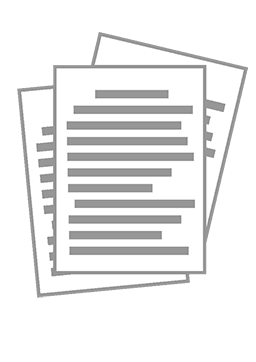Extras din curs
Content of the course*
Introduction to macroeconomics: the circular flow of income and national accounts
Economic growth
Saving and investment; Financial markets/capital markets
Labour market
Economic fluctuations
Aggregate demand and aggregate supply; the macroeconomic equilibrium
The keynesian macroeconomic equilibrium model
Fiscal policy
Monetary policy
Fiscal and monetary policy reflected by the IS – LM model
Inflation and unemployment
Open macroeconomics
Introduction to the European macroeconomics
*changes in the order of topics may appear
How people make decisions?
How people interact?
How the economy functions as a whole?
Fundamental questions:
What to produce? How? For whom?
Microeconomics – the study of how households and firms make decisions and how they interact in the markets.
Macroeconomics – the study of economy-wide phenomena, including inflation, unemployment and economic growth.
The Circular Flow of Income
5 agents: households, firms, state, financial institutions, foreign sector
Real & monetary flows
Injections
Leackages
Identities
10 Basic Principles (Mankiw)
1. People face trade-offs
2. The cost of something is what one gives up in order to get that something
3. Rational people think at the margin
4. People respond to incentives
5. Trade can make anyone better off
6. Markets are usually a good way to organize economic activity
7. Governments can sometime improve market outcomes
8. A country’s standard of living depends on its ability to produce goods and services
9. Prices rise when governments print too much money
10. Society faces a short-run trade off between inflation and unemployment
Keywords
Productivity = the amount of goods and services produced from each hour of worker’s time
Inflation = an increase in the overall level of prices in the economy
Phillips Curve = a curve showing the short-run trade-off between inflation and unemployment (because of the sticky prices)
Principle no. 8: A country’s standard of living depends on its ability to produce goods and services
Keyword: productivity
Implications for the public policies: How do public policies affect the abillity to produce goods and services?
A high education system
Ensuring access of enterpreneurs to necessary resources and to best technologies
BUT
Budget deficit has its secondary effects
Principle no. 9 : Prices rise when governments print too much money
Inflation: a steady rise in the overall level of prices
Lessons from past history:
When authorities print large amounts of money the value of money decreases (Germany, year 1920).
A high level of inflation is accompanied by a fast increase in the amount of money (Romania 1992-1993), whereas a low level of inflation is accompanied by a smaller increase of the amount of money (Romania today).
NOTE: INFLATION - DISINFLATION - DEFLATION
Principle nr. 10: Society faces a short-run trade off between inflation and unemployment
Question: If inflation is so easy to explain, why is it so difficult for the governmental agencies to keep inflation down?
Phillips Curve
In an economy, not all prices instantly adjust when the amount of money diminishes (they are rigid on the short run).
When authorities diminish the money in cirulation, the volume of expenditure of the individuals diminishes. Lower expenditure together with prices that remain at a high level will diminish the total sales of companies. A loss in sales determinesc companies to fire workers.
Hence, the reduction of money termporarly increases unemployment – up to the moment when all prices adjust to this change.
Formulating economic policies
Stating objectives or goals:
Economic growth
Full employment
Economic efficiency
Price level stability
Economic freedom
An equitable distribution of income
Economic security
Balance of trade
Options /strategies
Assessment
Conținut arhivă zip
- Macroeconomie
- 2008 MACRO C 11 FISCAL POLICY.ppt
- 2008 MACRO C 3 Demand in the circular flow.ppt
- 2008 MACRO C 4 Investment.ppt
- 2008 MACRO C 5& 6 Investment multiplier& the public sector.ppt
- 2008 MACRO C 7 The IS curve.ppt
- 2008 MACRO C 8 The money market & the LM curve.ppt
- 2008 MACRO C 9 IS LM Model.ppt
- 2008 Macro Course 2 Macroec Indicators part 2.ppt
- MACRO 2008 Intro and the Circular Flow of Income.ppt















